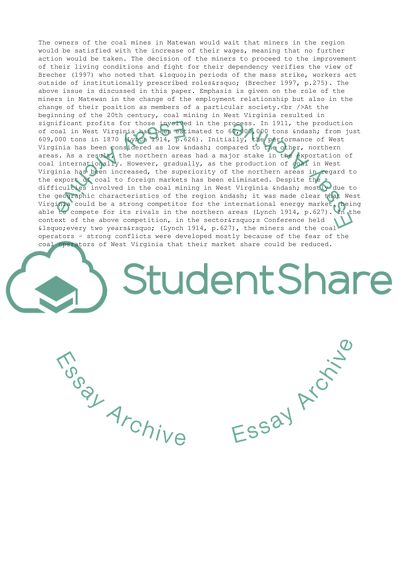Cite this document
(Employee relations matewan strike Essay Example | Topics and Well Written Essays - 2250 words, n.d.)
Employee relations matewan strike Essay Example | Topics and Well Written Essays - 2250 words. https://studentshare.org/business/1764758-employee-relations-matewan-strike
Employee relations matewan strike Essay Example | Topics and Well Written Essays - 2250 words. https://studentshare.org/business/1764758-employee-relations-matewan-strike
(Employee Relations Matewan Strike Essay Example | Topics and Well Written Essays - 2250 Words)
Employee Relations Matewan Strike Essay Example | Topics and Well Written Essays - 2250 Words. https://studentshare.org/business/1764758-employee-relations-matewan-strike.
Employee Relations Matewan Strike Essay Example | Topics and Well Written Essays - 2250 Words. https://studentshare.org/business/1764758-employee-relations-matewan-strike.
“Employee Relations Matewan Strike Essay Example | Topics and Well Written Essays - 2250 Words”. https://studentshare.org/business/1764758-employee-relations-matewan-strike.


